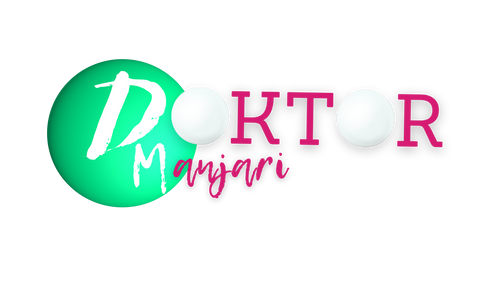Introduction:
Iron deficiency is a prevalent nutritional disorder that affects millions of people worldwide. This condition occurs when the body doesn't have enough iron to produce sufficient red blood cells, leading to a range of symptoms that can impact daily life. Understanding the common symptoms, causes, and practical strategies for managing iron deficiency is crucial for maintaining overall health and well-being.
Common Symptoms of Iron Deficiency:
-
Fatigue and Weakness: One of the earliest signs of iron deficiency is persistent fatigue and weakness. Insufficient iron impairs the body's ability to transport oxygen, leaving individuals feeling tired and lacking in energy.
-
Pale Skin and Nail Beds: A noticeable paleness of the skin and the nail beds can be indicative of reduced hemoglobin levels, a key component of red blood cells. This paleness may be more evident in the face, inner lips, and the inner lining of the eyelids.
-
Shortness of Breath: Inadequate iron levels can lead to reduced oxygen-carrying capacity in the blood, causing shortness of breath even with minimal exertion.
-
Headaches and Dizziness: Insufficient oxygen supply to the brain due to low iron levels can result in headaches and dizziness. Individuals may experience difficulty concentrating and feel lightheaded.
-
Cold Hands and Feet: Poor circulation and decreased oxygen delivery to peripheral tissues can manifest as cold hands and feet, even in warm environments.
Causes of Iron Deficiency:
-
Inadequate Dietary Intake: A diet lacking in iron-rich foods such as red meat, poultry, fish, and leafy green vegetables can contribute to iron deficiency.
-
Poor Iron Absorption: Certain conditions, such as celiac disease or inflammatory bowel disorders, can impair the body's ability to absorb iron from the diet.
-
Increased Iron Requirements: Pregnancy, rapid growth in children, and frequent blood donation can increase the body's demand for iron, leading to deficiency if not met through diet or supplementation.
-
Chronic Blood Loss: Conditions such as gastrointestinal bleeding, heavy menstrual periods, or certain medical treatments can result in chronic blood loss, depleting iron stores over time.
Managing Iron Deficiency in Day-to-Day Life:
-
Dietary Modifications: Incorporate iron-rich foods into your diet, including lean meats, poultry, fish, beans, lentils, spinach, and fortified cereals. Vitamin C-rich foods can enhance iron absorption, so include fruits like oranges and strawberries.
-
Supplementation: In consultation with a healthcare professional, consider iron supplements to meet increased requirements. It's essential to follow prescribed dosages to avoid potential side effects.
-
Cooking with Cast Iron: Cooking food in cast iron pans can increase the iron content of meals, especially when preparing acidic dishes like tomato-based sauces.
-
Avoiding Iron Inhibitors: Certain substances, such as tannins in tea and coffee, can inhibit iron absorption. Limit their consumption, especially during meals.
-
Regular Monitoring: Individuals at risk of iron deficiency, such as pregnant women or those with chronic medical conditions, should undergo regular blood tests to monitor their iron levels.
Conclusion:
Iron deficiency is a common nutritional concern with significant implications for overall health. Recognizing its symptoms, understanding the underlying causes, and adopting practical strategies for management in day-to-day life can empower individuals to address this condition effectively. Prioritizing a well-balanced diet, considering supplementation under professional guidance, and making lifestyle adjustments are key steps in combating iron deficiency and promoting long-term health.
